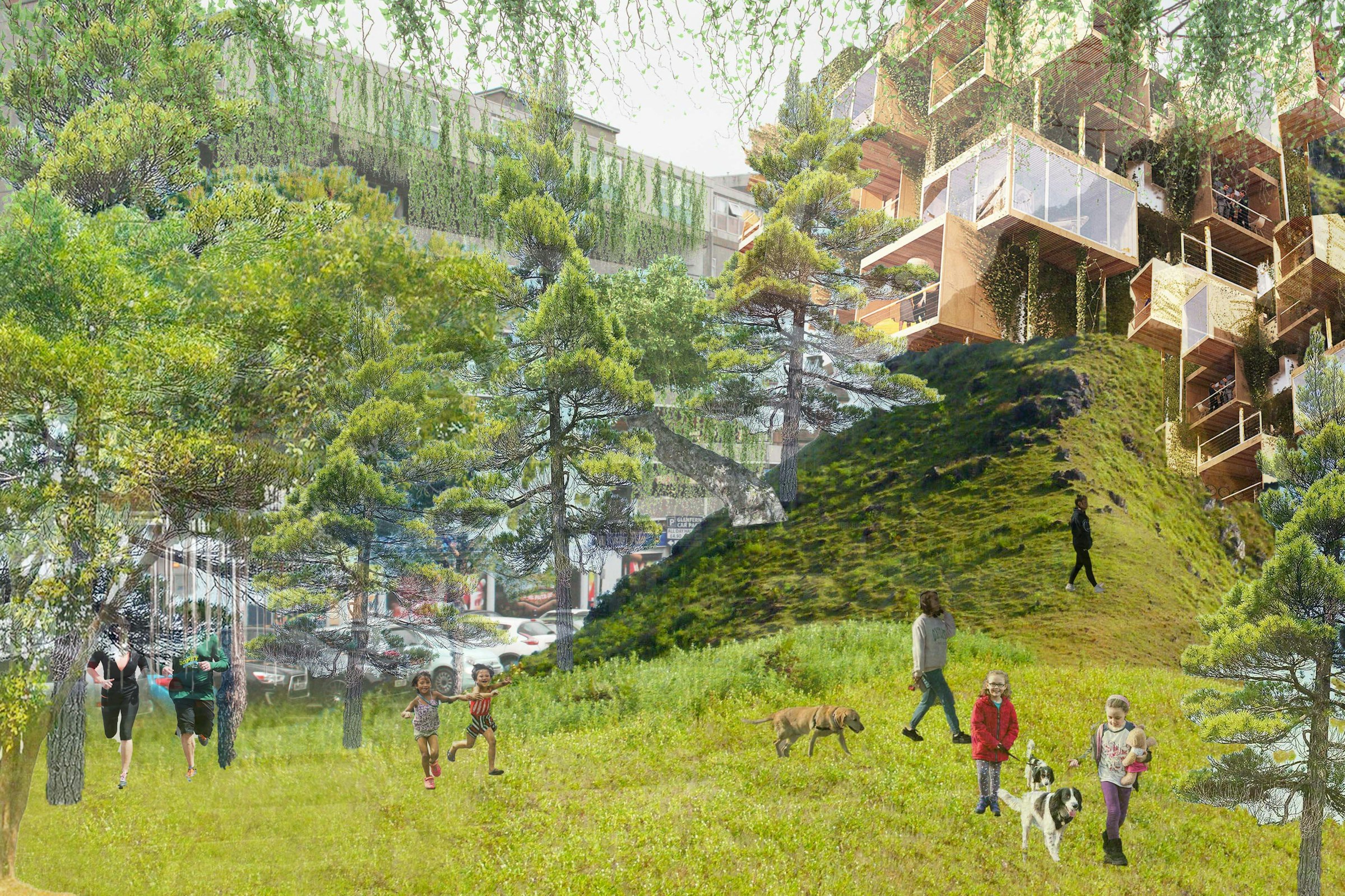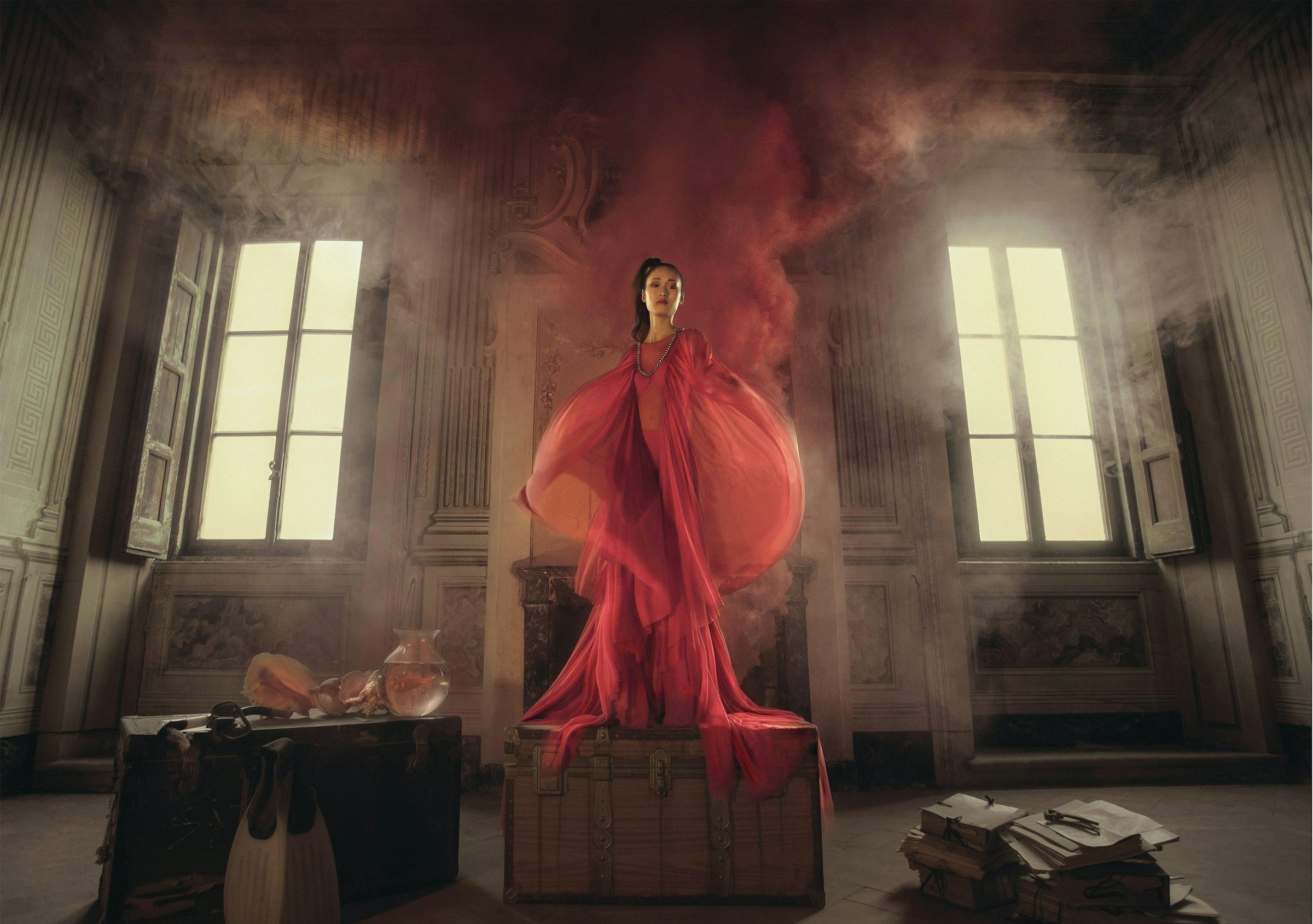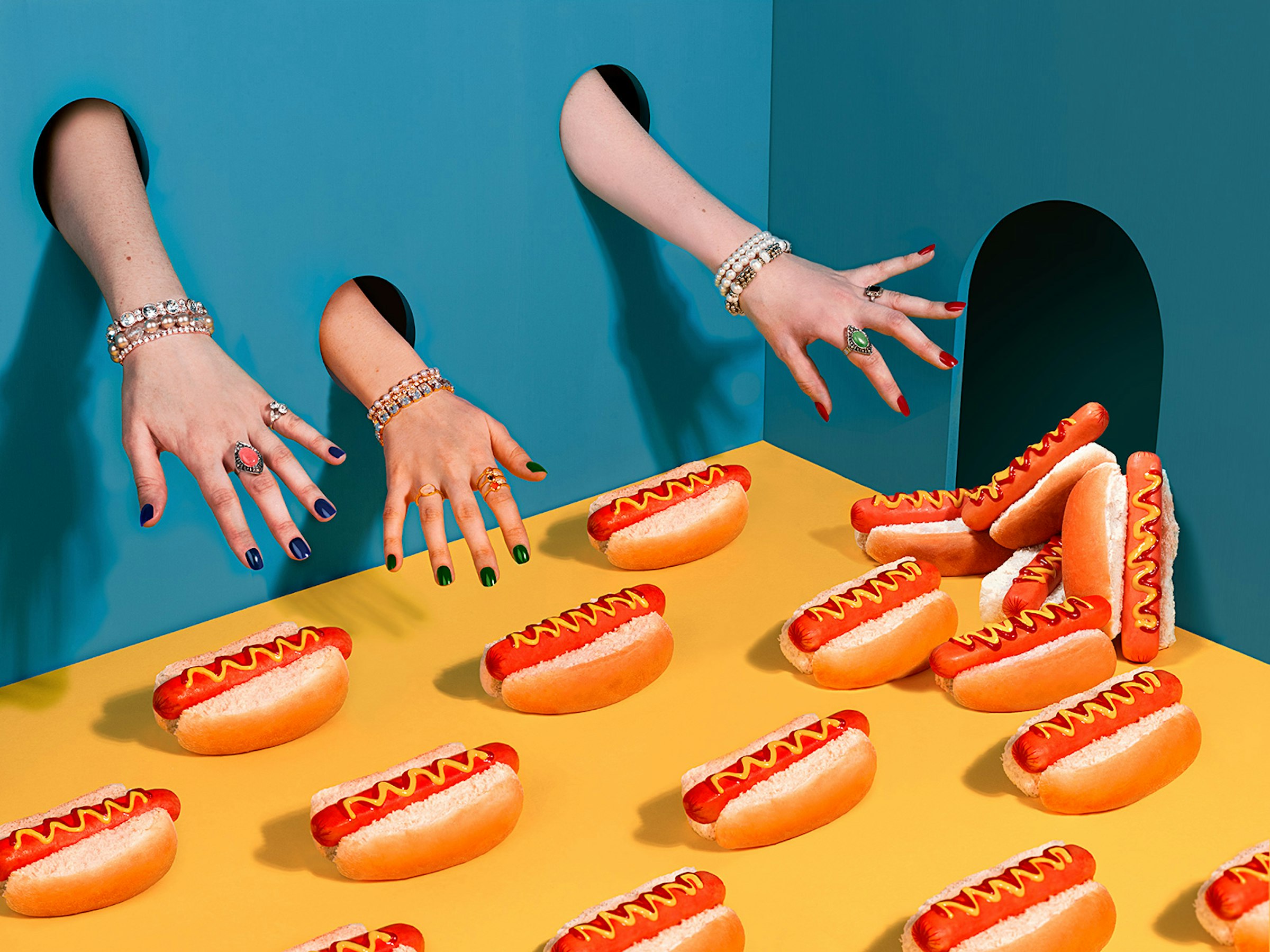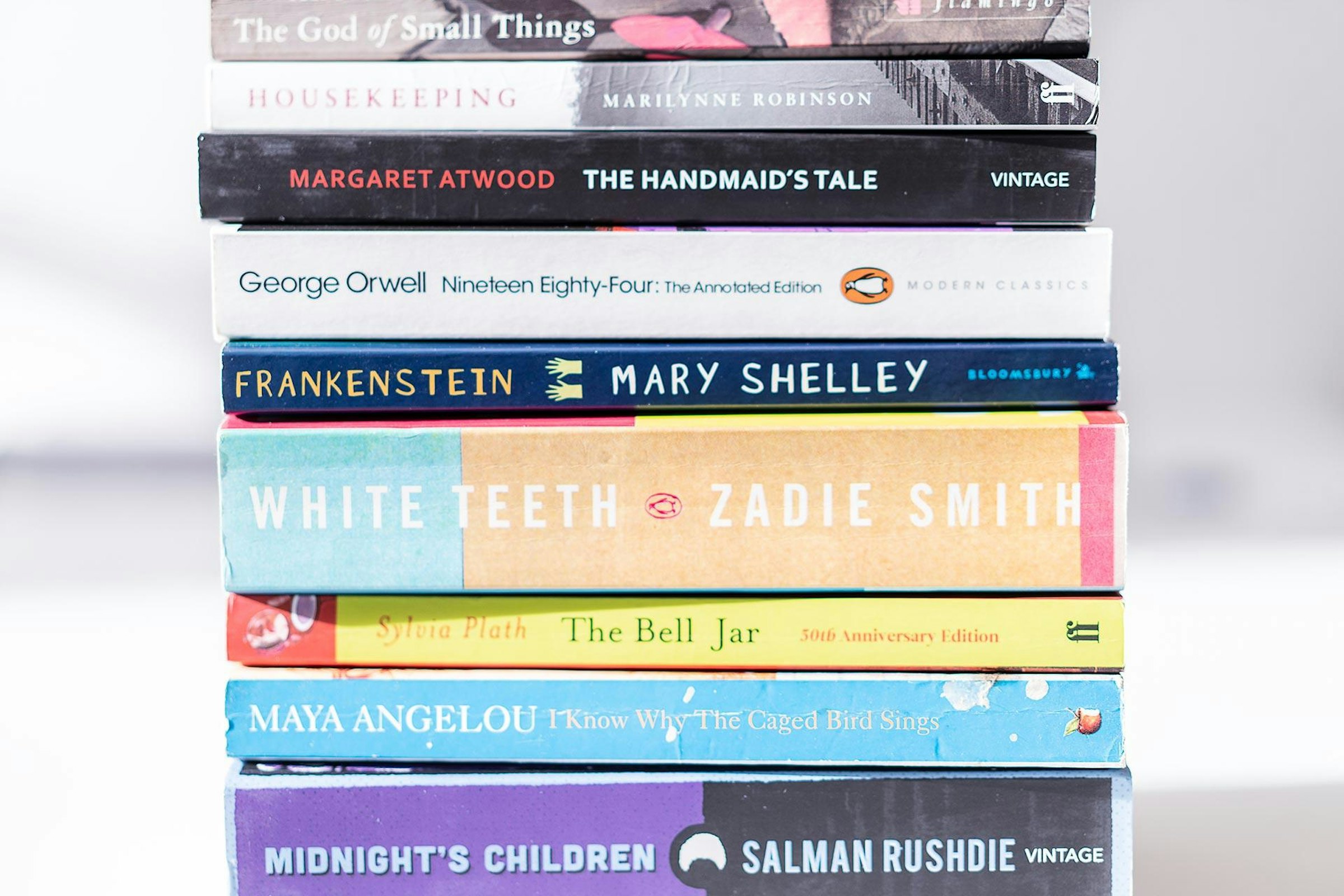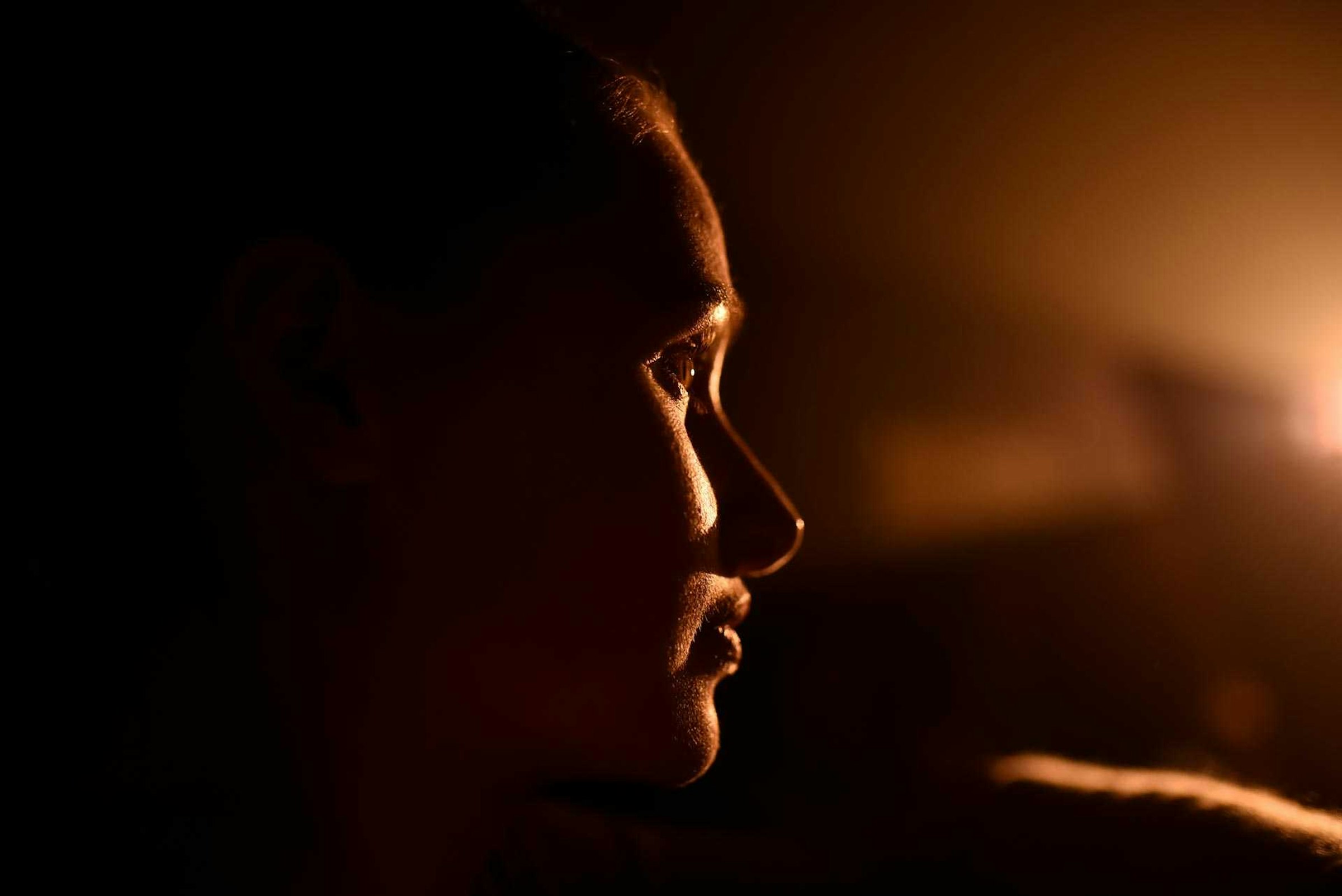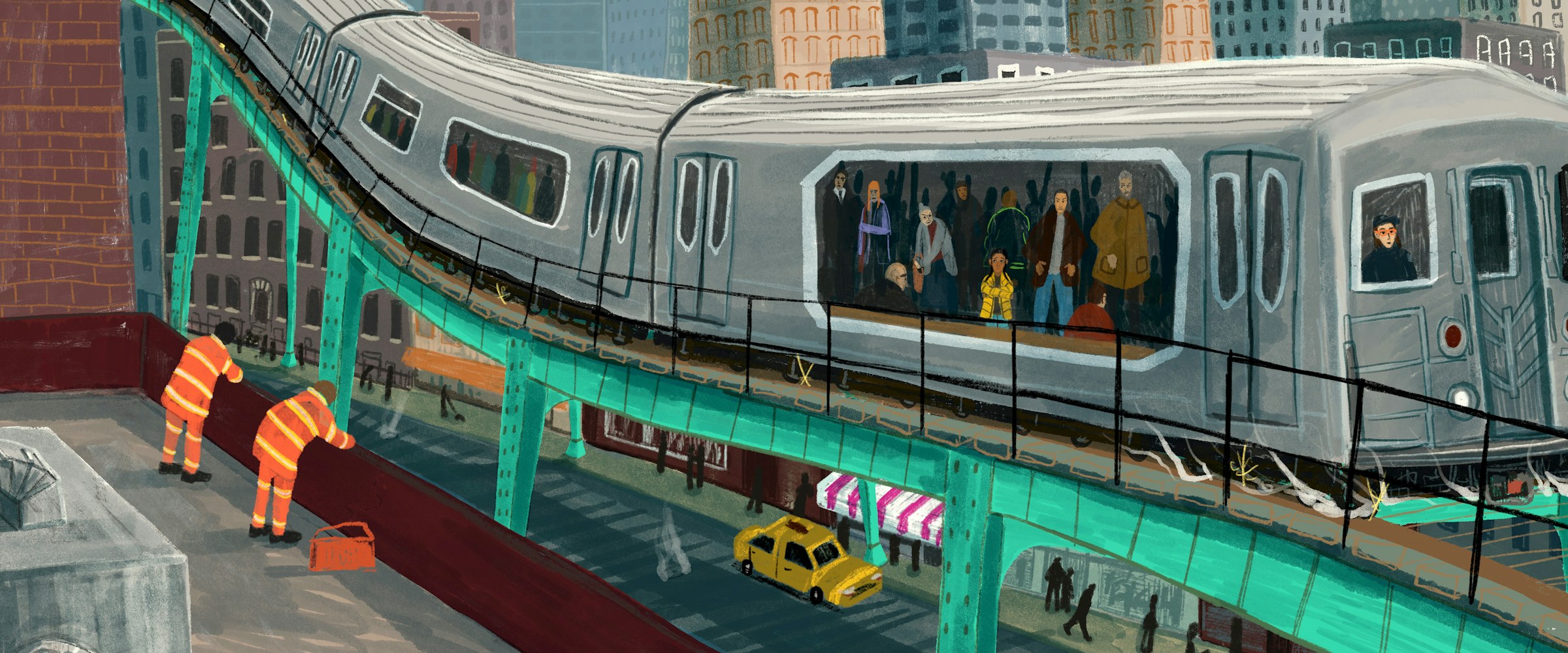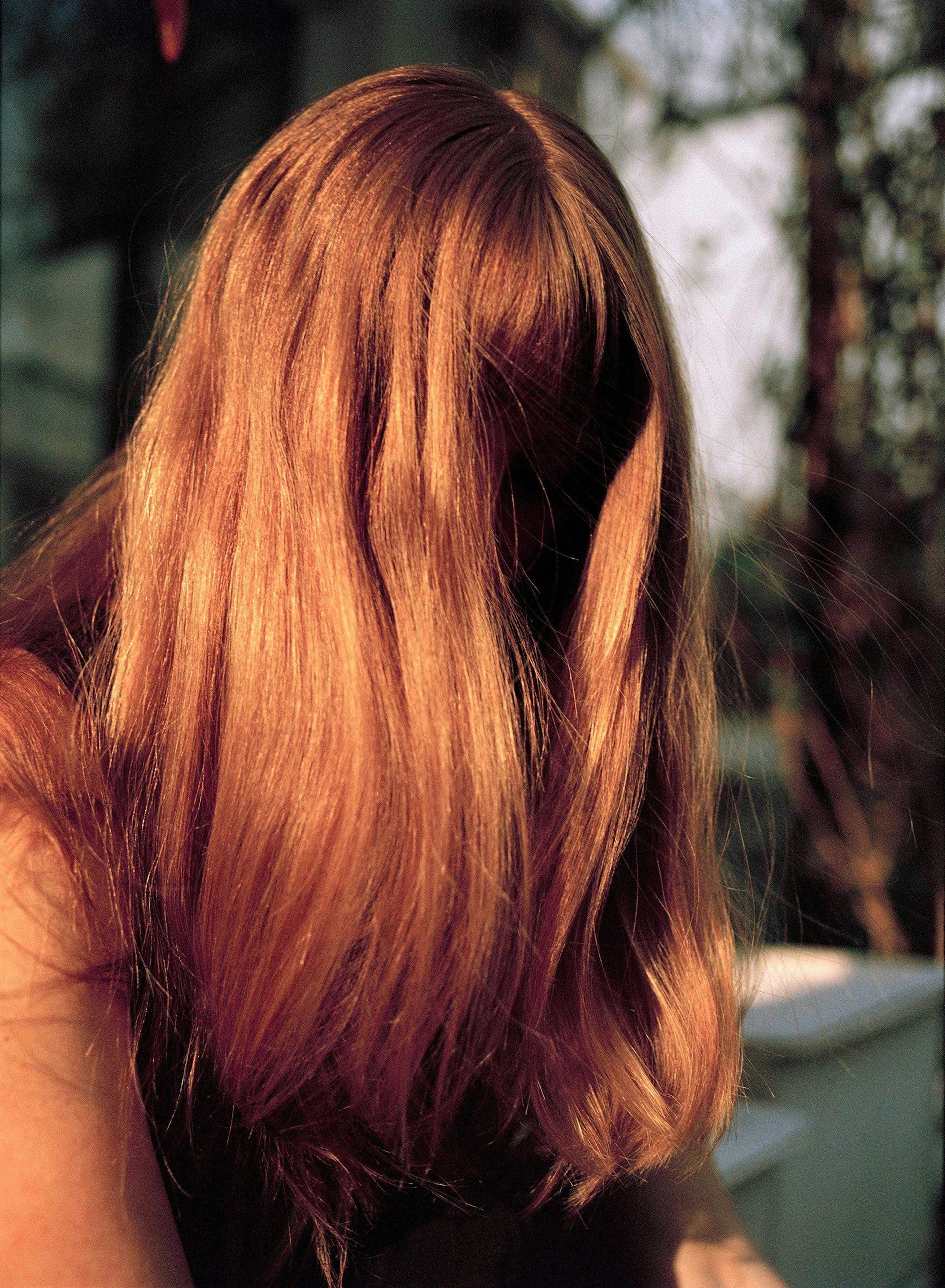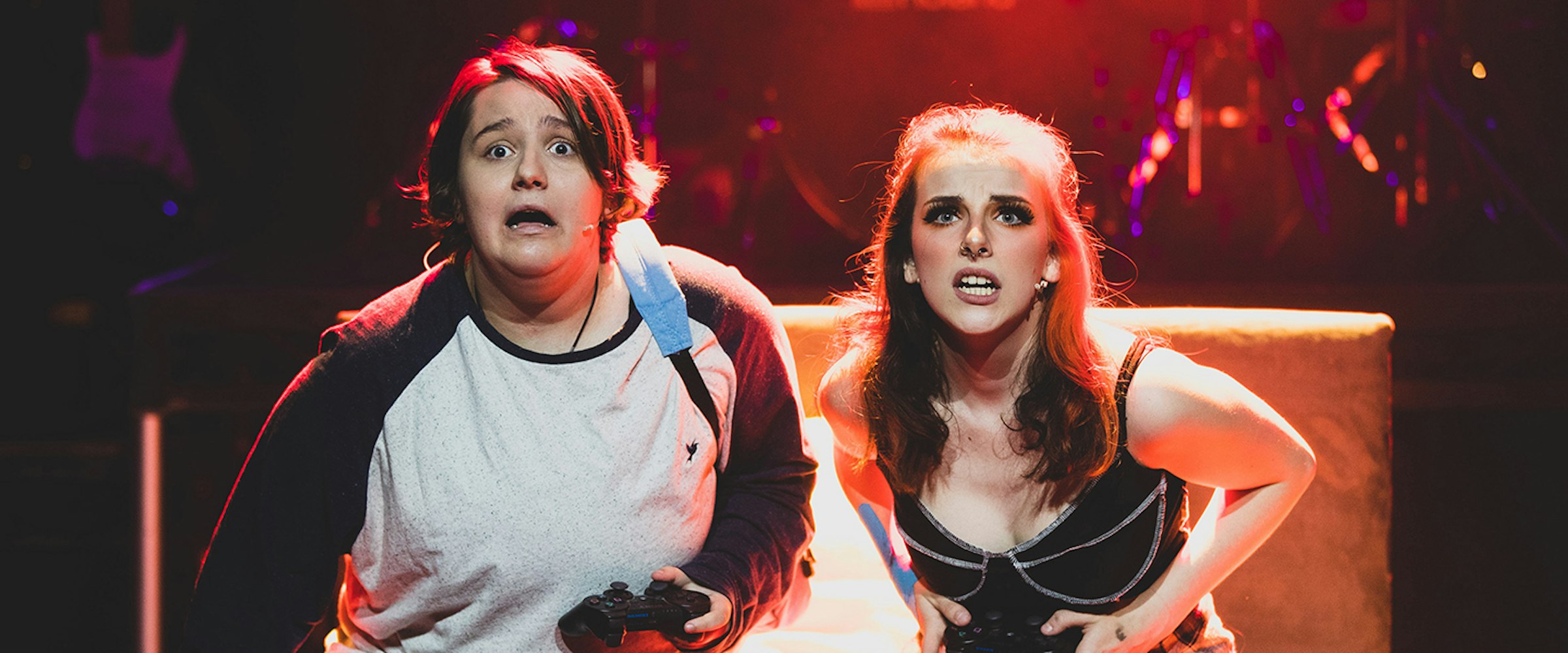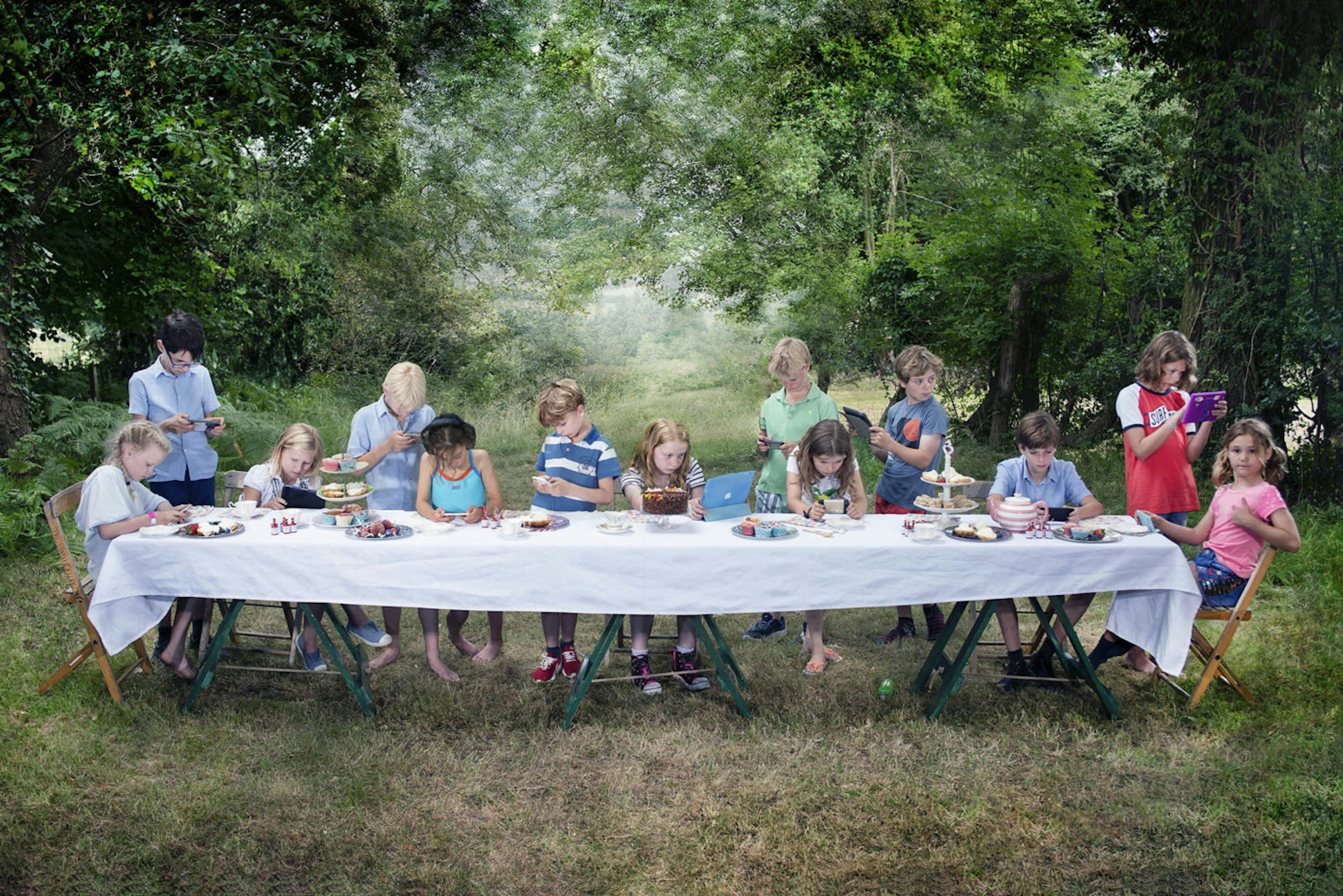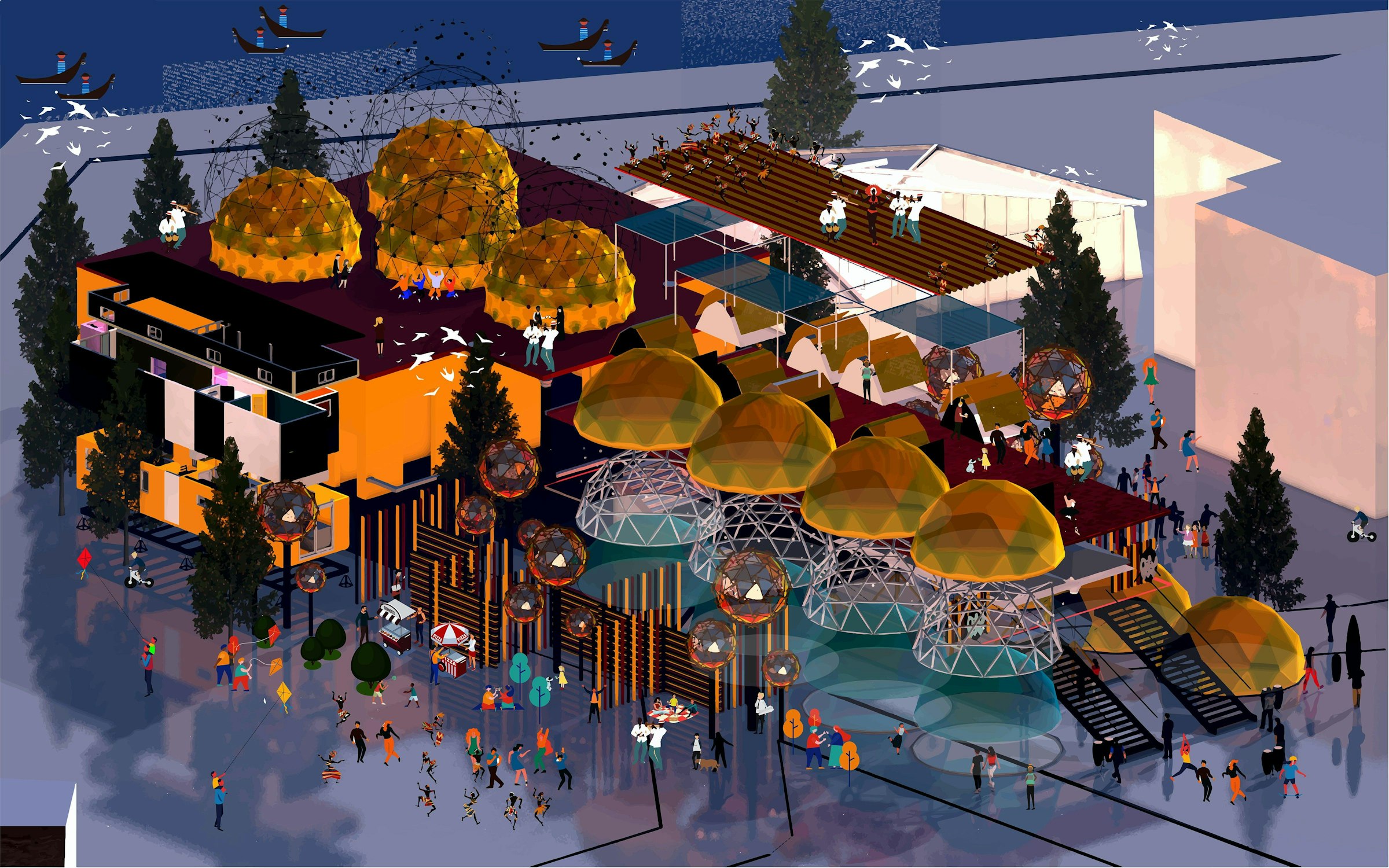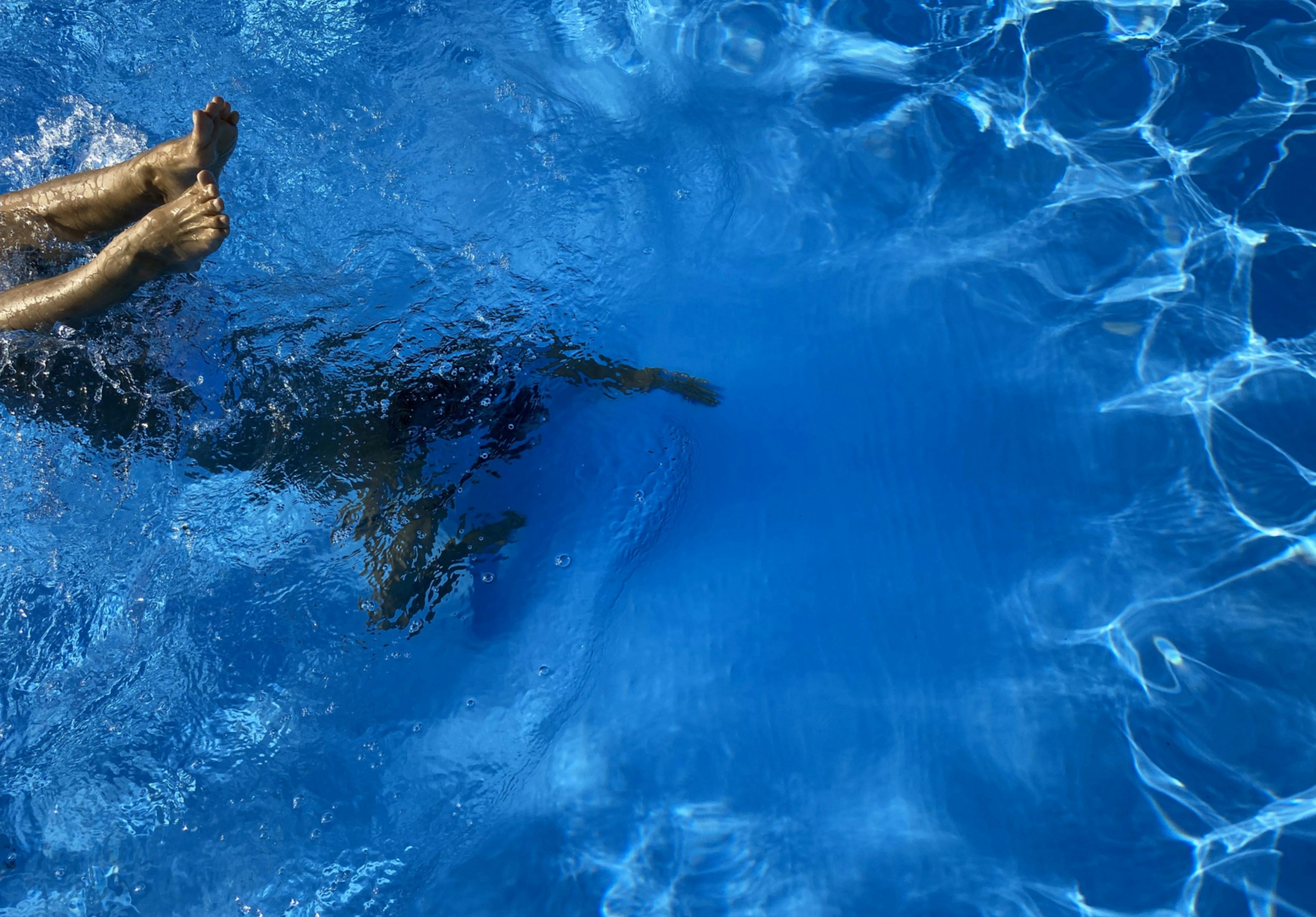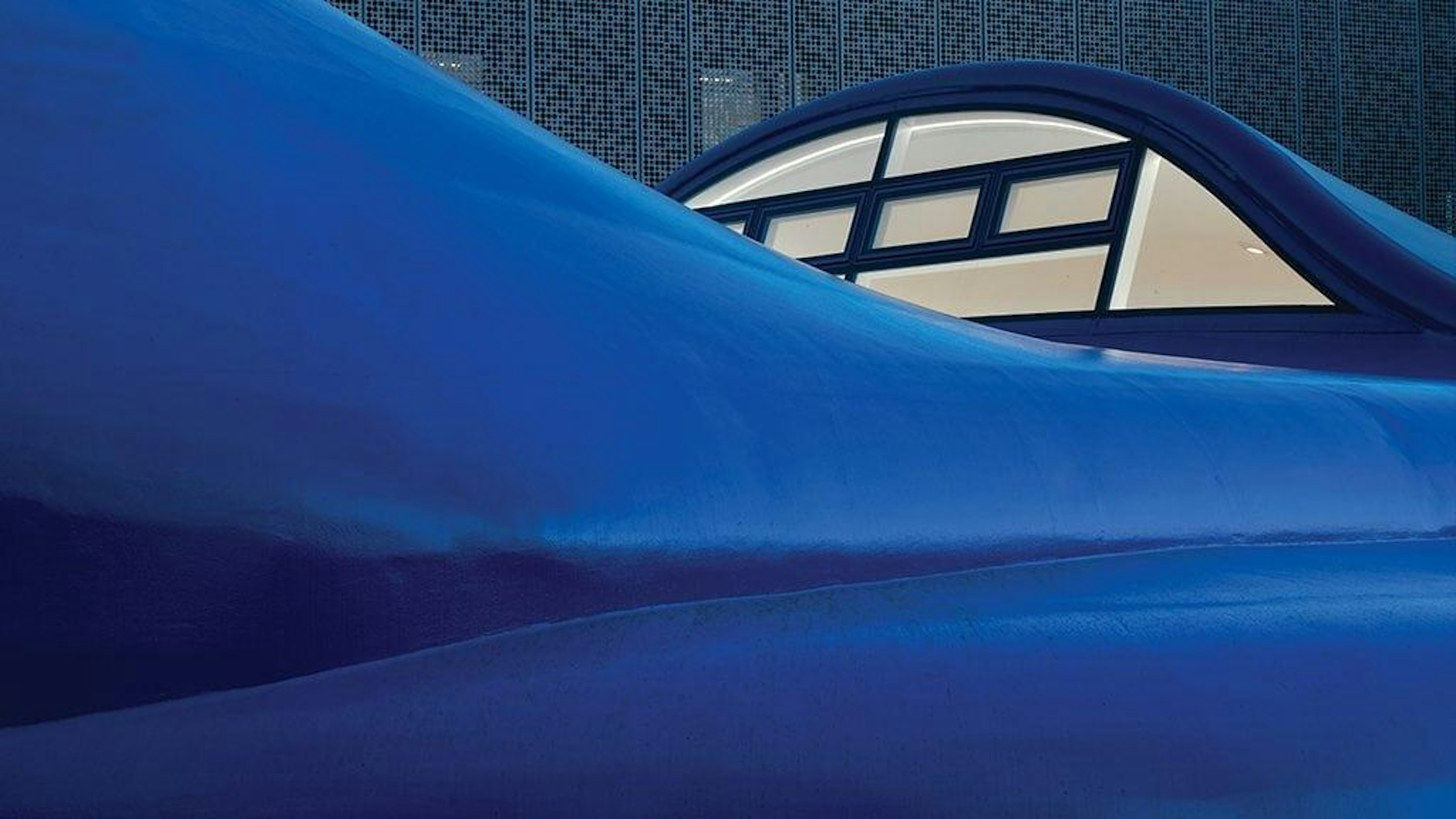
I had a wonderful time working with the team from Cambridge Archaeological Unit (CAU) to create this model. I have a strong interest in anthropology and archaeology as a field, and was interested in the work that had been carried out at Must Farm, a late-Bronze Age settlement located near Peterborough in Cambridgeshire.
Initially, I was only making this model for my own interest in the subject. After being prompted by my lecturers to contact the team responsible for the dig, it became more of a collaborative project, with me discussing closely with a representative from CAU on the design of the model and certain elements they wanted to be represented in the diorama. This gave me a much better insight into both the archaeology behind the model and the uses for this type of model within the heritage industry.
There was quite a lengthy planning phase, as I gathered information and discussed back and forth with Chris Wakefield from CAU about everything – from the shape and build of the house, to the types of animals or families that would have lived there, to details such as tools and food. This meant that I was able to make a much more detailed and accurate model than I would have been able to on my own. Chris was lovely to work with and excitedly answered my questions, supplying me with many photos and descriptions of the house and its contents. We considered several potential layouts and presentations of the houses before deciding to focus the model on a singular roundhouse, with a cross-section of the living space.
The model was made out of a variety of materials. While I strayed pretty far from the real ones used, I enjoyed the process of finding cheap and effective substitutes for various items. It made me think differently about acquiring materials, and made me re-analyse many everyday items, thinking about how they could be repurposed for scale models.
I was recreating the wattle walls with painted wire, and thatching the roof with coco lining, usually used for gardening. Instead of willow for the curved joists that held up the floor, I found that vines from wreaths worked just as well visually. Other items, such as the lambs and even a skull, I simply had to sculpt or 3D print. Several scale people I had printed were modified by hand to fit the historic setting. The most daunting aspect of the making was probably the pouring and curing of almost four kilos of resin that would make up the water, but in the end, everything went as planned.
I was hesitant to show the team the model, as I really respect the work they do and I wanted to be able to offer a faithful recreation of the site they have spent years unearthing and studying, but their overwhelmingly positive response has been wonderful. As one of my first times working on anything close to a commission or live brief, I had a very positive experience, and this has made me more confident to reach out in the future about these types of opportunities.
I was excited to be able to blend modelmaking with other topics and fields that interest me, and I believe my previous knowledge and excitement to learn more about Must Farm helped me to make a more intricate and detailed model. This interest in the subject also meant that I had so many details I was excited to present that I had a hard time deciding when to stop, but I’m happy with what I created, and was overjoyed to hear the archaeologists excitedly pointing out details I had spent hours meticulously working on. The ceramics specialist was especially pleased with the accuracy of the pots.
To have my work whisked away as soon as it was complete, and presented alongside CAU’s findings at Cambridge Festival where thousands of people viewed it, has been an incredible experience. I was unable to attend the event myself, but found out shortly afterwards that the model had featured on two news segments on the coverage of the Must Farm findings.
I’ve learnt a lot about the crafting techniques from this period of time and the steps I can take to translate these at a small scale, as well as the skills I will need to work as a professional in the industry. All of this has been a fantastic experience to lean into a subject I am passionate about and will help guide me in the next stages of university and beyond.



